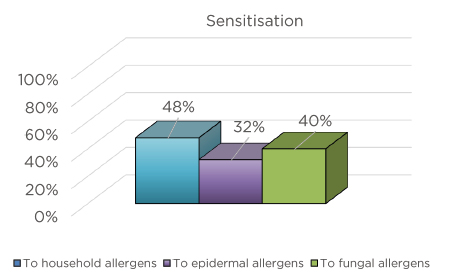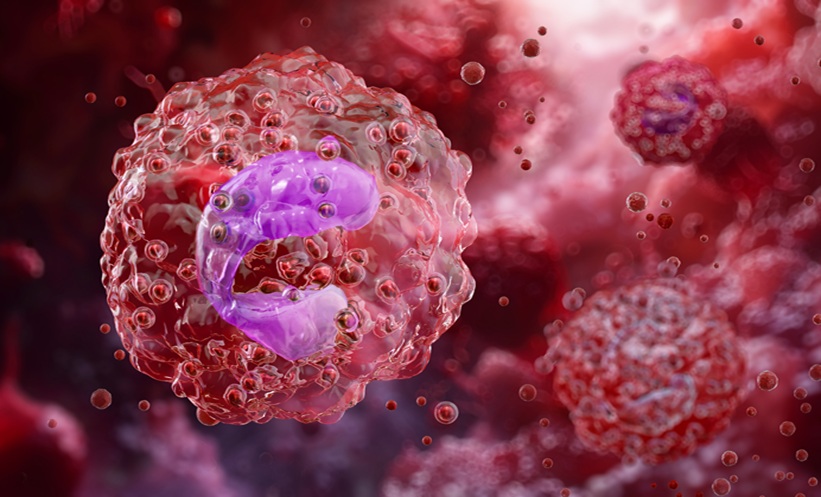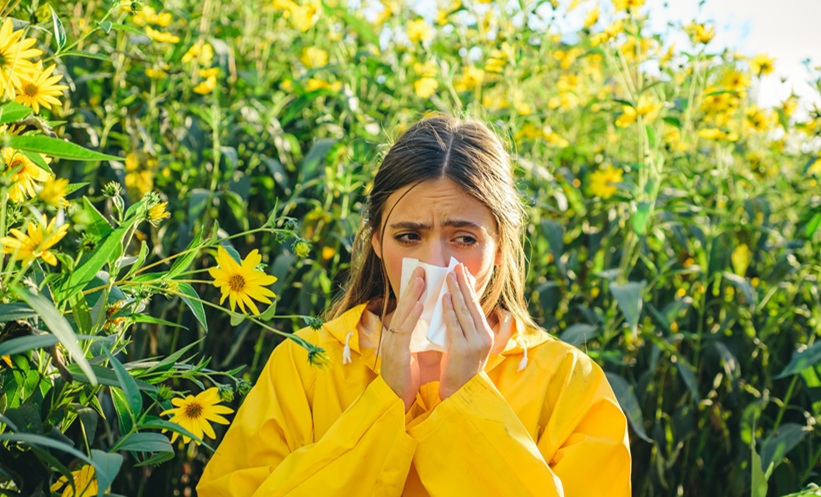BACKGROUND
It is known that acute viral infections cause exacerbation of IgE-dependent allergic diseases. In this regard, the treatment of immunocompromised patients suffering from mixed allergic and non-allergic rhinitis (MANAR) with frequent exacerbations despite adequate therapy is difficult.1,2 Episodes of repeated acute respiratory viral–bacterial (RAVBRI) and recurrent herpes virus infections (RHVI) caused by HSV1/2, which are immunocompromising clinical signs, have induced exacerbations of MANAR.3
MATERIALS AND METHODS
Twenty-one patients of both sexes were observed, aged 23–60 years, affected by MANAR associated with RAVBRI and RHVI caused by HSV1/2. The diagnostic assessment included complaints, anamnesis, physical examination, and assessment of MANAR symptoms on the visual analogue scale. Laboratory research included total IgE, specific IgE to exoallergens, and an evaluation of the IFN system examined by ELISA. HVI were tested by polymerase chain reaction and serodiagnostic testing; bacteria were tested by cultivation.
RESULTS
Symptoms of MANAR on the visual analogue scale were 3.19 points, which corresponded to an average–severe or severe stage. The level of total IgE was increased in all patients. Sensitisation to household allergens occurred in 48%, to epidermal in 32%, and to fungal in 40%
(Figure 1). The frequency of episodes of RAVBRI was 7.45 (5.75–10.0) and of RHVI was 7.89 (4.75–11.0) per year.

Figure 1: Sensitisation spectrum.
Disorders of induced IFNα production were detected in 100% of cases. The programme of complex therapy was developed, which included basic MANAR treatment using systemic antihistamines and intranasal glucocorticosteroids. Continuous local and systemic therapy with rIFNα2b, in combination with antioxidants and immunotherapy with glucosaminylmuramylpeptide alternated with arginyl-alpha-aspartyl-lysyl-valyl-tyrosyl-arginine, were used to restore anti-infection protection.4
After 3.5 months of therapy, the authors
observed a decrease of the frequency of acute respiratory viral infections to 4.28 (3.0–4.25),
after 6–8 months to 2.45 (2.0–3.0), and a reduction of RHVI frequency to 3.38 (1.38–5.0) and to 2.1 (1.0–3.0) episodes per year, respectively.
The restoration of induced IFNα production occurred in 42.8% of patients. The MANAR symptoms decreased to 1.62 points.







